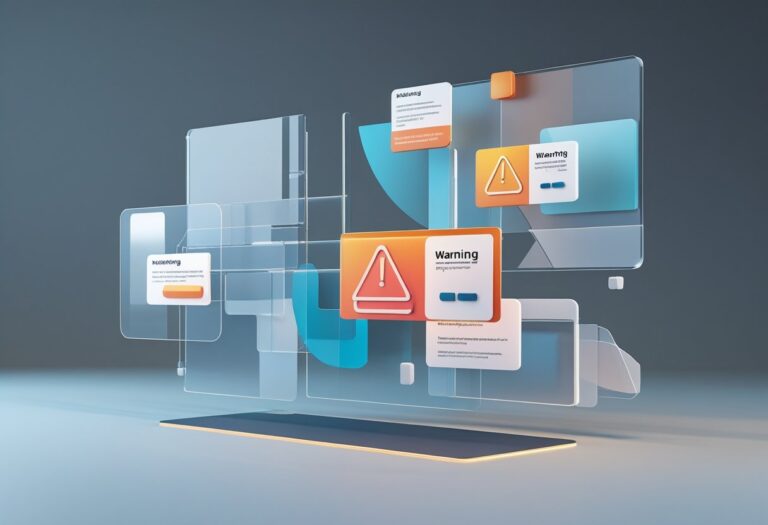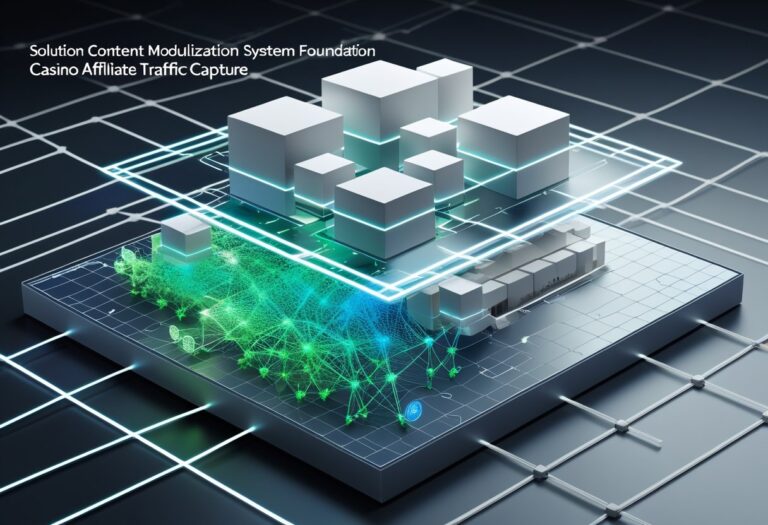
야간 데이터 센터 운영자 사이에 만연한 익명 기반 중독 위기
위험 요인이 결합된 완벽한 조건
야간 근무에 종사하는 데이터 센터 운영자들은 전례 없는 중독 위험 요인에 직면해 있다. 장시간의 고립, 완전한 디지털 익명성, 24시간 인터넷 연결 환경이 결합되면서 심각한 행동 중독이 발생할 수 있는 이상적인 조건이 형성된다. 특히 고보안 시설에서 무제한 웹 접근이 가능한 경우 이러한 경향이 더욱 두드러진다.
경고 신호 및 통계
- 비근무 시간대 포럼 참여 중독
- 야간 근무 중 과도한 암호화폐 거래
- 수면 패턴 붕괴로 인한 직무 성과 저하
- 오전 2시~5시 사이 보안 위반 47% 증가
- 시스템 침해 사고의 68%가 운영자 접근지점에서 유발됨
운영 보안에 미치는 영향
- 중요 시스템 모니터링 중 집중력 저하
- 사회공학적 공격에 대한 취약성 증가
- 보안 사고 시 의사결정 능력 저하
- 보안 프로토콜 위반 증가
- 전체 운영 효율성 저하
치료 및 예방 전략
- 기술 중심의 동료 지원 네트워크
- 익명 디지털 상담 플랫폼
- 전문화된 중독 치료 프로토콜
- 행동 모니터링 시스템
- 개선된 접근 권한 관리 정책
보안을 위한 향상된 조치
- 정기적 심리 평가 실시
- 순환형 교대 근무 스케줄 운영
- 인터넷 접근 제한 정책 도입
- 모니터링 시스템 강화
- 의무 휴식 시간 제도화
디지털 익명성과 중독 행동의 상관관계
데이터 센터 환경에서의 위험 요소
현대 데이터 센터의 폐쇄적 환경에서 디지털 익명성은 행동 중독을 조장하는 특수 조건을 형성한다. 완전한 직장 내 사생활 보장과 무제한 인터넷 접근은 통제되지 않은 상태에서 강박적 온라인 행동이 발생할 수 있는 환경을 조성한다.
디지털 중독의 유형별 징후
- 익명 계정을 활용한 포럼 과다 참여
- 시스템 유지보수 시간대의 온라인 게임 중독
- 고위험 암호화폐 투자 행위
- 네트워크 연결 중단 시 금단 증상
- 온라인 활동에 과도한 시간 소비
익명 행위의 기술적 기반
- VPN (가상 사설망)
- 고급 프록시 서버
- 군용 수준의 암호화 프로토콜
- 디지털 흔적 은폐 기술
디지털 해리 심리학
디지털 해리 현상이 심화되면 온라인 익명 인격이 현실 인격보다 우세해지는 문제가 발생한다. 이는 단순한 익명 브라우징에서 시작하여 고위험 행동으로 발전하는 경향이 있으며, 기술적 전문성과 익명성 도구가 그 과정을 가속화한다.
환경적 중독 위험 요인
- 근무 중 고립
- 고도의 기술 역량
- 완전한 디지털 익명성
무제한 디지털 접근의 잠재적 위험
무제한 접근이 야기하는 위험 패턴
데이터 센터 운영 환경에서 무제한 디지털 접근은 기술 인력 사이에 점진적 위험 행동을 유발하는 패턴으로 이어진다. 특히 야간 근무자는 제한 없는 콘텐츠 접근을 통해 보상 중심의 파괴적 순환을 경험하게 된다.
운영상 주요 위험 구역
- 감시되지 않는 콘텐츠 접근
- 서버실 내 고립과 디지털 익명성의 결합
- 보안 프로토콜 우회 기술의 개발
행동 영향의 진행 경로
무제한 접근 권한이 부여된 후 6개월 이내에 다음과 같은 변화가 자주 관찰된다:
- 수면 패턴 붕괴
- 직장 내 고립 심화
- 네트워크 사용에 대한 방어적 태도
- 작업 성과 저하
- 정신 건강의 전반적 악화
운영 보안에 미치는 디지털 중독의 영향
보안 취약성의 핵심 징후
- 무감독 야간 근무 중 무단 시스템 수정
- 비업무 활동 은폐를 위한 보안 모니터링 비활성화
- 지속적 연결 유지를 위한 자격 증명 공유
- 수면 부족 상태에서의 의사결정
- 업무 외 플랫폼 과도 사용
- 시스템 로그 관련 질의에 대한 방어적 반응
정량적 보안 영향 분석
- 영향 받은 운영자는 보안 위반률이 평균 대비 47% 높음
- 자주 발생하는 고위험 행위: 방화벽 해제, 무단 접근 지점 생성, 에어갭 시스템 침해
보안 침해와의 상관관계
통계 분석에 따르면 전체 보안 침해 사례 중 68%가 운영자에 의해 손상된 시스템에서 시작되었다. 이는 데이터 센터 핵심 인프라의 시스템적 취약성 증가와 직접적인 연관이 있다.
침묵 깨기: 운영자 중독 문제의 해결
데이터 센터 운영자의 중독 유형
24시간 네트워크 운영을 유지해야 하는 운영자는 종종 부적응적 대응 기제를 발전시키며, 이는 약물 의존이나 행동 중독으로 이어질 수 있다. 고압 환경, 불규칙한 교대 근무, 지속적 시스템 모니터링이 중독 취약성을 높인다.
효과적인 신고 시스템 구축
- 업무 처리 능력 저하
- 근무 스케줄 범위를 넘는 수면 장애
- 비정상 시간대의 무단 시스템 접근
기술 기반 중독 사례의 특징
- 익명 네트워크 접근 기술
- 암호화폐 거래 활용
- 디지털 위장 기술 활용
특화된 치료 프로토콜
- 보안 인증을 보호하는 익명 평가 채널
- 기술 중심의 동료 지원 그룹
- 기술 전문가 맞춤형 회복 프로그램
전문적 지원의 통합
- 데이터 센터 환경의 고유한 압박 이해
- 기술 중심 직무 환경 문제 인식
- 회복 중 직무 정체성 유지 지원
야간 근무자 안전을 위한 대응책
24시간 운영 환경의 건강 관리
야간 교대 운영자는 높은 직업적 건강 부담을 안고 있으며, 이를 완화하기 위해 과학적 근거 기반의 안전 프로토콜이 요구된다.
주요 안전 조치
- 생체 리듬 관리: 시간당 휴식, 광선 요법, 연속 야간 근무 최대 4회 제한
- 고급 모니터링 시스템: 이상 행동 패턴 인식, 실시간 경보, 자동화된 위험 평가
- 전문 지원 프레임워크: 익명 신고 채널, 인증 전문가 접근, 암호화 커뮤니케이션, 건강 검진, CBT 기반 치료
성과 최적화
- 동료 지원 네트워크: 경험자-신입 연결 구조, 직무 사고율 47% 감소
- 환경 제어: 최적화된 조명, 온도 제어 작업 공간, 인체공학적 장비, 공기 질 모니터링
이러한 대응책은 야간 근무 환경의 안전성과 생산성을 동시에 향상시키며, 운영자 건강을 보호하고 핵심 인프라의 안정성을 유지하는 데 핵심적인 역할을 한다.





